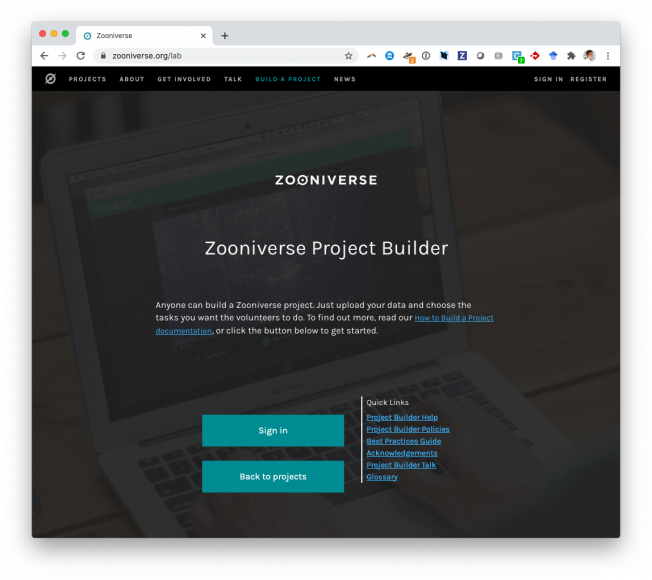Galaxy Zoo and SpArcFiRe: Constraints on spiral arm formation mechanisms from spiral arm number and pitch angles
Monthly Notices of the Royal Astronomical Society Oxford University Press 472:2 (2017) 2263-2279
Abstract:
In this paper we study the morphological properties of spiral galaxies, including measurements of spiral arm number and pitch angle. Using Galaxy Zoo 2, a stellar mass-complete sample of 6,222 SDSS spiral galaxies is selected. We use the machine vision algorithm SpArcFiRe to identify spiral arm features and measure their associated geometries. A support vector machine classifier is employed to identify reliable spiral features, with which we are able to estimate pitch angles for half of our sample. We use these machine measurements to calibrate visual estimates of arm tightness, and hence estimate pitch angles for our entire sample. The properties of spiral arms are compared with respect to various galaxy properties. The star formation properties of galaxies vary significantly with arm number, but not pitch angle. We find that galaxies hosting strong bars have spiral arms substantially (4-6) looser than unbarred galaxies. Accounting for this, spiral arms associated with many-arm structures are looser (by 2) than those in two-arm galaxies. In contrast to this average trend, galaxies with greater bulge-to-total stellar mass ratios display both fewer and looser spiral arms. This effect is primarily driven by the galaxy disc, such that galaxies with more massive discs contain more spiral arms with tighter pitch angles. This implies that galaxy central mass concentration is not the dominant cause of pitch angle and arm number variations between galaxies, which in turn suggests that not all spiral arms are governed by classical density waves or modal theories.Galaxy Zoo: Major Galaxy Mergers Are Not a Significant Quenching Pathway
ASTROPHYSICAL JOURNAL 845:2 (2017) ARTN 145
Large sSynoptic Survey Telescope Galaxies Science Roadmap
(2017)
Abstract:
The Large Synoptic Survey Telescope (LSST) will enable revolutionary studies of galaxies, dark matter, and black holes over cosmic time. The LSST Galaxies Science Collaboration has identified a host of preparatory research tasks required to leverage fully the LSST dataset for extragalactic science beyond the study of dark energy. This Galaxies Science Roadmap provides a brief introduction to critical extragalactic science to be conducted ahead of LSST operations, and a detailed list of preparatory science tasks including the motivation, activities, and deliverables associated with each. The Galaxies Science Roadmap will serve as a guiding document for researchers interested in conducting extragalactic science in anticipation of the forthcoming LSST era.Supermassive black holes in disk-dominated galaxies outgrow their bulges and co-evolve with their host galaxies
Monthly Notices of the Royal Astronomical Society Oxford University Press 470:2 (2017) 1559-1569
Abstract:
The deep connection between galaxies and their supermassive black holes is central to modern astrophysics and cosmology. The observed correlation between galaxy and black hole mass is usually attributed to the contribution of major mergers to both. We make use of a sample of galaxies whose disk-dominated morphologies indicate a major-merger-free history and show that such systems are capable of growing supermassive black holes at rates similar to quasars. Comparing black hole masses to conservative upper limits on bulge masses, we show that the black holes in the sample are typically larger than expected if processes creating bulges are also the primary driver of black hole growth. The same relation between black hole and total stellar mass of the galaxy is found for the merger-free sample as for a sample which has experienced substantial mergers, indicating that major mergers do not play a significant role in controlling the coevolution of galaxies and black holes. We suggest that more fundamental processes which contribute to galaxy assembly are also responsible for black hole growth.Galaxy Zoo: Finding offset discs and bars in SDSS galaxies
Monthly Notices of the Royal Astronomical Society Oxford University Press 469:3 (2017) 3363-3373



